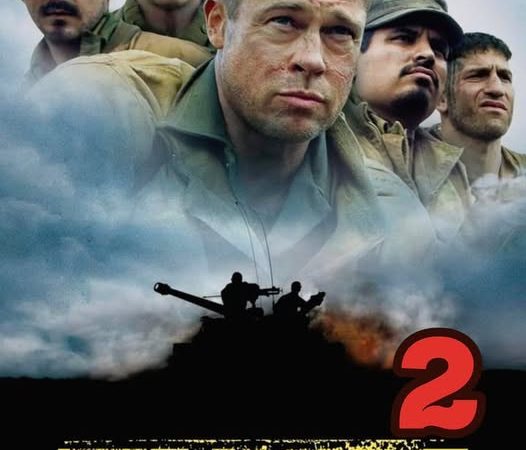The Homesman (2014): A Gritty Western Drama of Survival and Frontier Morality
Exploring the Frontier: A Reflection on “The Homesman”
Tommy Lee Jones’ The Homesman (2014), adapted from Glendon Swarthout’s 1988 novel, subverts the traditional Western narrative. Instead of journeying westward toward untamed lands, the film reverses course, traveling eastward from Nebraska’s stark prairies to the relative civility of Iowa. Yet, even upon reaching the Missouri River’s edge, the fragility of “civilization” is palpable, standing in stark contrast to the unyielding desolation that dominates much of the film.
Despite its title, The Homesman centers on women, portraying them as resilient figures of courage and endurance. The story begins with Mary Bee Cuddy (Hilary Swank), an unmarried farmer from New York who has carved out a life for herself in Nebraska’s unforgiving wilderness. Rejected for her plainness and independence, Mary Bee does not wallow in self-pity; her strength and self-sufficiency anchor the narrative. When three local women succumb to mental illness due to the brutal hardships of frontier life, Mary Bee volunteers to escort them eastward to a church asylum in Iowa.
Her unlikely companion is George Briggs (Tommy Lee Jones), a self-serving, disheveled drifter she hires for the perilous journey. Their partnership, fraught with humor, tension, and reluctant camaraderie, evolves into one of mutual respect. Both Mary Bee and Briggs are societal misfits, embodying an independence that sets them apart from conventional norms.
Jones’ direction captures the surreal beauty and brutality of the West. The vast, barren landscapes dwarf the characters, while moments of madness and desperation are presented with unflinching compassion. The women’s mental unraveling, depicted in haunting flashbacks, reflects the crushing toll of isolation, loss, and relentless hardship.
The journey itself is a crucible of survival. The travelers confront natural elements, violent outbursts from the women, and unexpected encounters, including a memorable stop at a surreal, isolated hotel run by an eccentric Irishman (James Spader). These moments, both harrowing and darkly comedic, highlight the tenuous grip of humanity on sanity and morality in such a hostile environment.
Midway through the film, a shocking turn shifts the focus to Briggs, revealing layers to his character and propelling the story into even murkier moral terrain. The film’s exploration of strength—whether in the form of physical endurance, emotional resilience, or compassion—is nuanced, refusing easy answers.
Jones’ visual storytelling, complemented by Rodrigo Prieto’s cinematography, pays homage to classic Western aesthetics while imbuing the film with its own distinct style. Silhouettes framed against vast horizons and disorienting night sequences evoke both grandeur and dread, underscoring the West as a place of both nightmares and resilience.
Though its final act falters with a conventional resolution, The Homesman remains a bold and thought-provoking film. Its refusal to conform to genre norms and its unflinching portrayal of frontier life elevate it as a modern Western that challenges perceptions of heroism, survival, and the human spirit.
See movie full :
Hits: 1163










